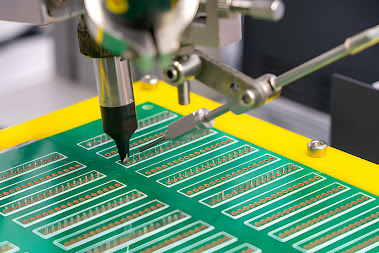How PCB Prototype Manufacturers are Adapting to Miniaturization
In today's electronics industry, making things smaller while maintaining or even improving their performance is the name of the game. This trend poses challenges for PCB prototype manufacturers, but they're rising to the occasion. Let's delve into how they're pulling off this impressive feat.
Meeting the Demand for Miniaturization The drive for smaller electronics isn't just about shrinking components. It's about making them more powerful, efficient, and affordable too. To keep up, PCB manufacturers are embracing new materials and technologies. One such technology gaining traction is High-Density Interconnect (HDI). HDI PCBs feature finer lines, smaller vias, and higher connection pad density, packing more functionality into less space. Harnessing Advanced Materials Materials play a crucial role in miniaturization. PCB prototype manufacturers are turning to materials with superior thermal and electrical properties. Ceramics, for instance, excel in heat dissipation and electrical insulation. Meanwhile, polyimide's flexibility and resistance to high temperatures make it perfect for compact, high-performance devices. Embracing Future Trends in PCB Production Investments in cutting-edge manufacturing techniques like 3D printing are on the rise. This technology offers greater design flexibility and faster production times. Additionally, advancements in software streamline design and testing processes, ensuring efficiency at every step. The miniaturization trend is reshaping PCB prototype manufacturing. As manufacturers adapt, we can anticipate a future brimming with innovative, compact, and powerful devices. Looking to bring your electronics project to life? Bay Area Circuits (BAC) offers top-notch quick turn PCB assembly services. With state-of-the-art technology and unwavering precision, BAC guarantees that your printed circuit boards meet the highest standards. Elevate your project by contacting BAC today! Originally Published At - How PCB Prototype Manufacturers are Adapting to Miniaturization
Comments
Post a Comment